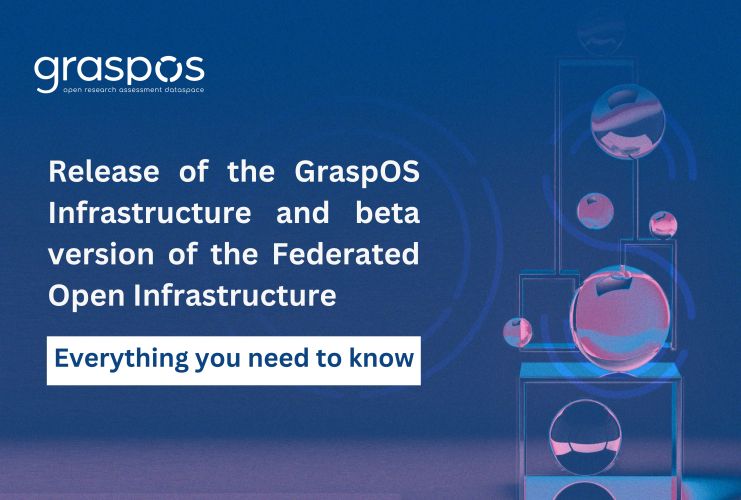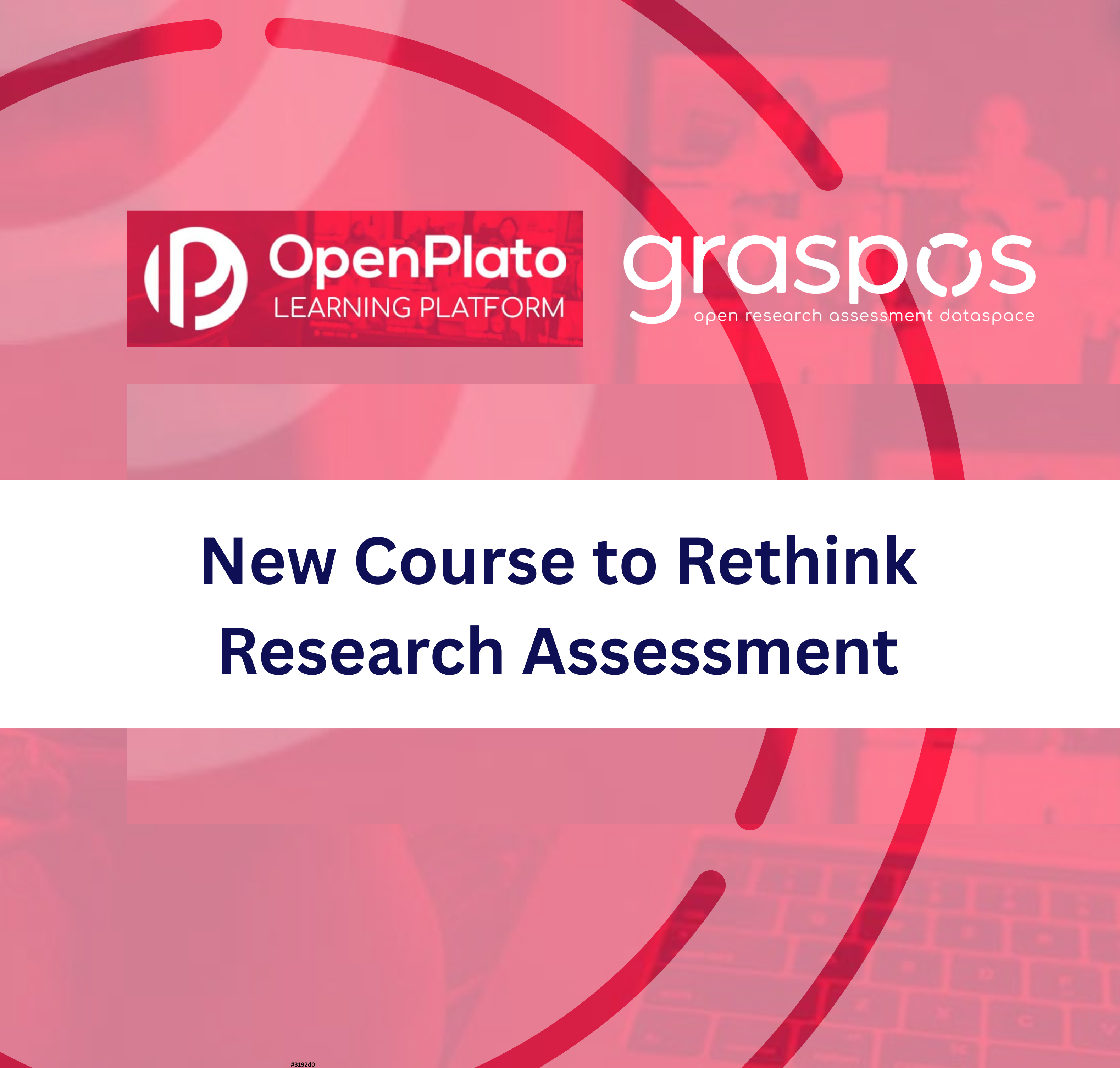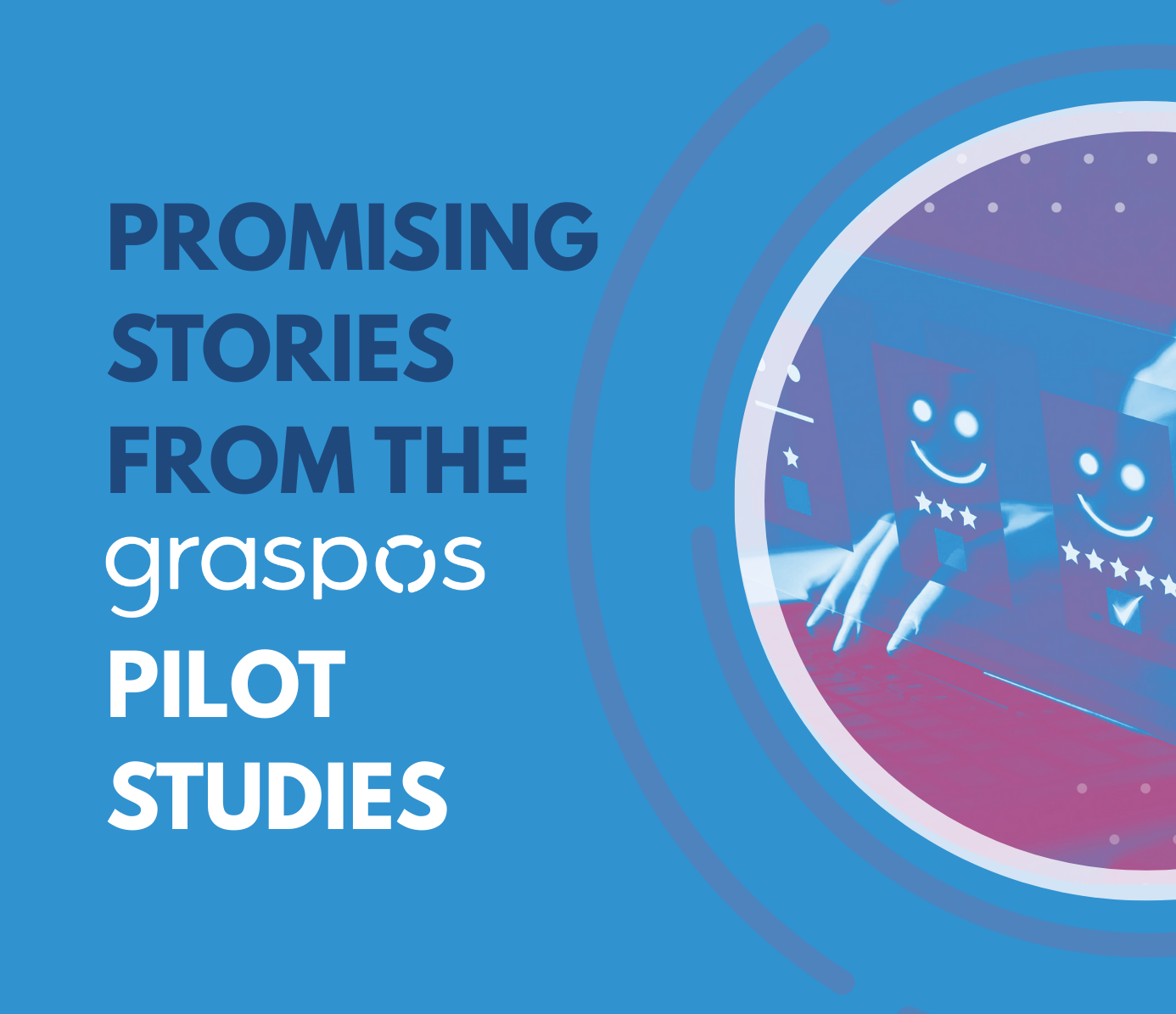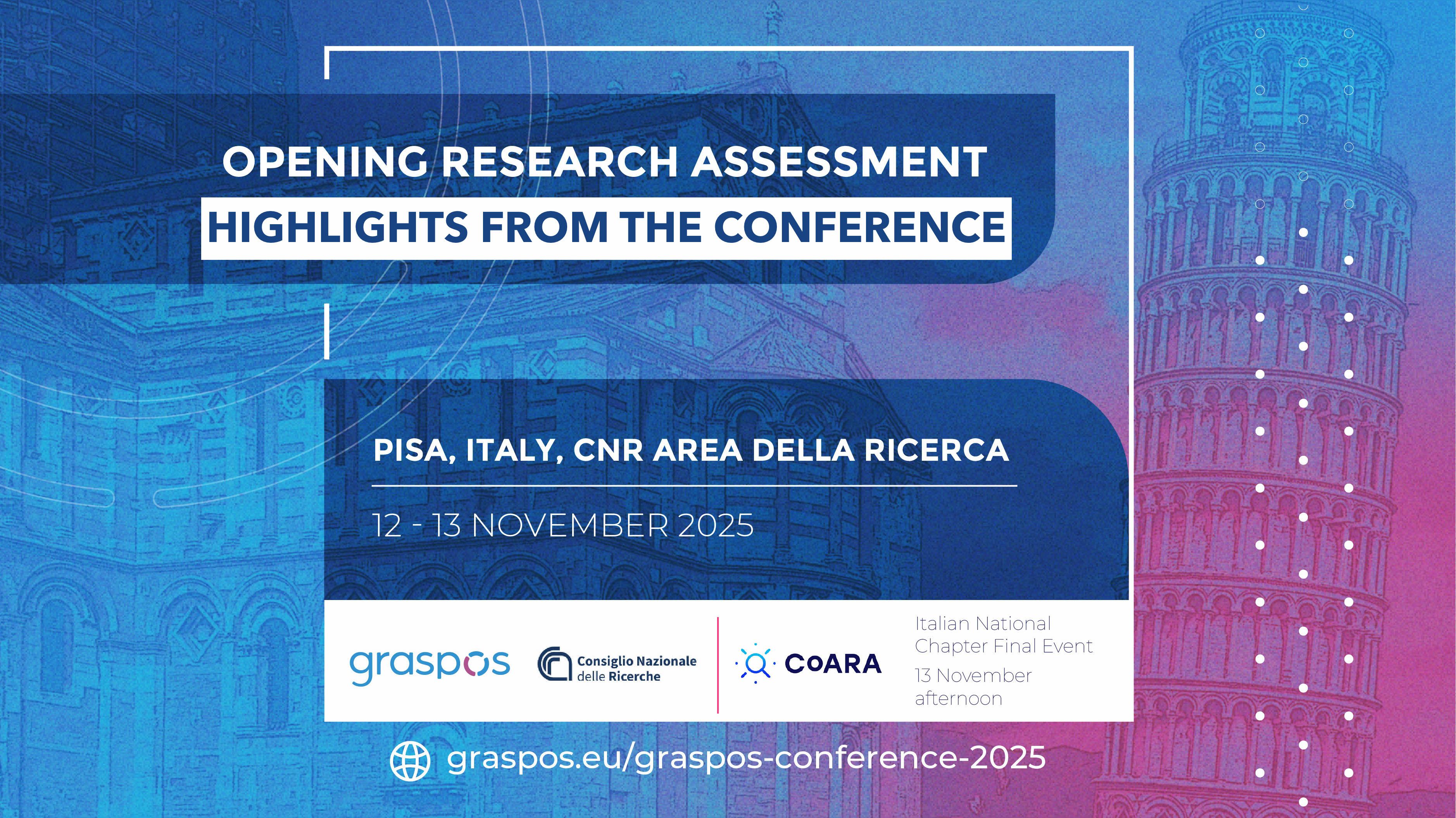GraspOS: A New Approach to Research Assessment

In August 2024, the GraspOS project reached a significant milestone with the release of its infrastructure architecture and the beta version of the Federated Open Infrastructure. These developments represent a major step forward in building a scalable and modular system aimed at improving research assessment with a strong emphasis on open science and responsible practices.
The release of the infrastructure architecture provides a clear technical foundation for GraspOS, and enables future expansions and seamless integration with other systems. The beta launch of the Federated Open Infrastructure offers researchers access to federated resources such as data, tools, and services. Together, these advancements bring GraspOS closer to creating a platform that supports transparent, inclusive, and comprehensive research evaluation, moving beyond traditional metrics.
Infrastructure Architecture
Deliverable D4.2, submitted on 30 August 2024, details the architecture of the GraspOS platform. It presents the overall design, which focuses on creating a federated infrastructure that supports Open Science-aware Responsible Research Assessment (OS-aware RRA). This type of assessment takes into account both quantitative and qualitative measures to provide a balanced evaluation of research outputs.
The architecture is built on a modular and federated system, meaning it distributes its resources across multiple nodes rather than relying on a single centralised system. This structure ensures flexibility and scalability, enabling GraspOS to expand and integrate new tools, datasets, and services as needed. This design allows for the system to be open and accessible, promoting collaboration within the research community while aligning with the European Open Science Cloud (EOSC).
The Federated Open Infrastructure
The beta release of the Federated Open Infrastructure focuses on the practical implementation of GraspOS, expanding on previous work. This deliverable provides information on how the system's core components, such as the Data Registry, Tools Catalogue, and Services Catalogue, function within the infrastructure.
It also addresses updates to the infrastructure, including refinements made since the initial version, as well as references to relevant code repositories and documentation. The deliverable emphasises how the infrastructure supports responsible research assessment by integrating open data, tools, and services in a way that is easy to access and utilise for the research community.
Key Components and Innovations
1. Data Registry:
The Data Registry component is designed to collect and organise metadata on datasets that are part of the GraspOS system. Users can search for and access these datasets, which are intended to support research assessment processes. The registry ensures that data is both discoverable and accessible, making it easier for researchers to use open data sources in their work.
2. Tools Catalogue:
The Tools Catalogue aggregates software tools that can aid in research assessment. These tools range from simple scripts to more complex software packages and are made available for users to install and run on their own systems. Each tool is accompanied by metadata that makes it easier for users to find the right tool for their specific needs.
The Services Catalogue collects and indexes services that are hosted remotely, and which are accessible through web interfaces or APIs. These services are designed to assist with research assessment tasks and are available to users within the GraspOS platform. The catalogue also integrates with the EOSC ecosystem, further expanding the accessibility of these resources.
4. Data Interoperability and Access Layer (DIAL):
A critical component of GraspOS is the Data Interoperability and Access Layer (DIAL), which ensures that datasets from various sources can be harmonised and used within the platform. This component follows established standards, such as those from the Research Data Alliance (RDA), to ensure that data from different systems can work together efficiently. This makes it easier for researchers to pull in relevant data from multiple sources without compatibility issues.
5. Infrastructure Front-End:
The GraspOS infrastructure is supported by a user-friendly front-end, making it easier for users to navigate the system and access the tools, data, and services. The front-end is based on Docusaurus, a platform that allows for straightforward content management, ensuring that users can interact with the infrastructure without needing advanced technical skills.
Conclusion
Both the new release of the architecture and the Federated Open Infrastructure represent an important development for GraspOS, as they solidify the platform’s architecture and details how it will be implemented in the research assessment scenarios. By focusing on open science and responsible research assessment, GraspOS aims to provide a comprehensive system that supports the evaluation of research in a fair and balanced way. These deliverables ensure that the infrastructure is flexible, scalable, and accessible, making it a valuable tool for the research community.
- "This marks a key milestone for GraspOS, as we move closer to providing a flexible, open infrastructure for research assessment. By integrating diverse data, tools, and services, GraspOS will make it easier for the research community to adopt transparent and responsible evaluation practices that go beyond traditional metrics."
– Thanasis Vergoulis, GraspOS Project Coordinator



